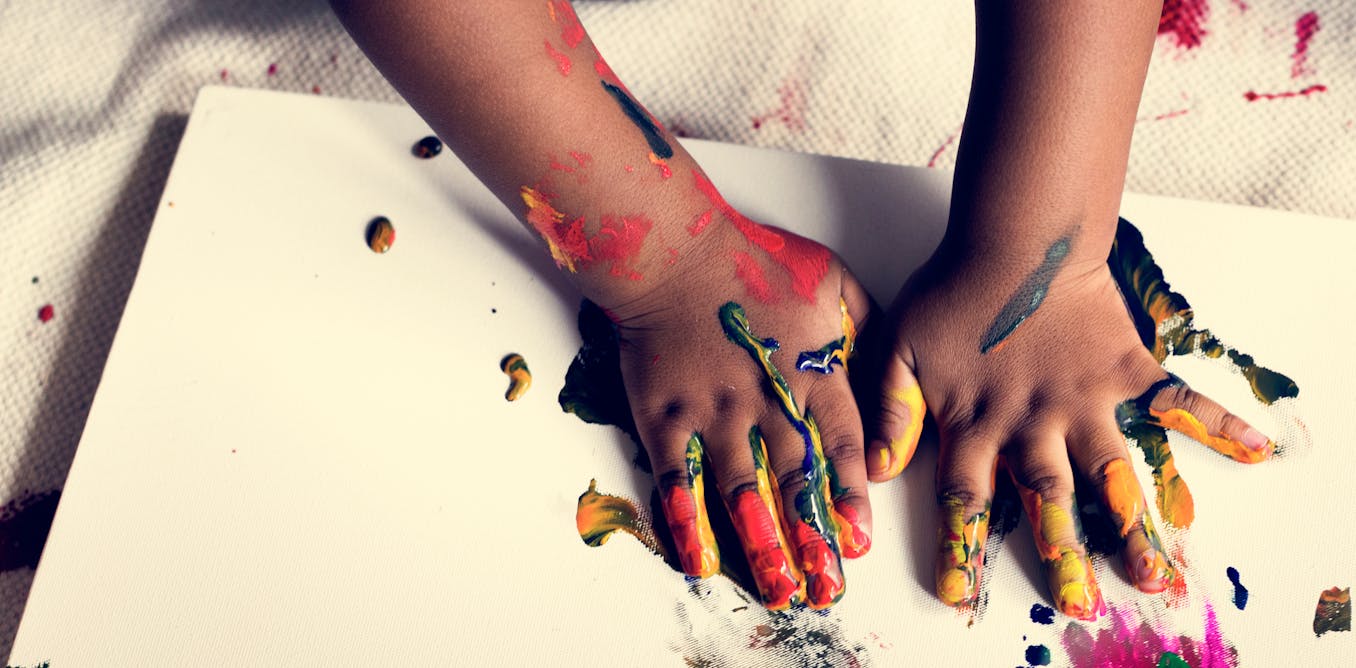
Art and creativity have long been recognized for their potential to enhance personal well-being. Engaging in artistic activities—whether through creating or appreciating art—has been shown to positively impact mental and emotional health, providing a range of benefits from stress reduction to improved self-esteem.
Stress Relief and Emotional Expression

Research indicates that creative expression can significantly reduce stress and improve overall mental health. Engaging in artistic activities like drawing, painting, or writing allows individuals to channel their emotions and thoughts in a productive way. This process can serve as a form of mindfulness, helping to divert attention from stressors and worries. When people engage in creative activities, they often experience lower levels of cortisol, the hormone associated with stress, which leads to a profound sense of relaxation and calm[3][10].
Moreover, art serves as a powerful medium for self-expression. It allows individuals to articulate complex feelings that may be difficult to express verbally. This emotional release can be therapeutic, helping people process their emotions and gain insight into their personal experiences. Whether through visual arts, music, or writing, the act of creation can induce positive mental states and enhance feelings of happiness[4][9][10].
Psychological and Social Benefits

Participation in the arts has been correlated with improved psychological well-being. Studies show that adults who engage in artistic activities report better life satisfaction, decreased feelings of loneliness, and improved emotional stability. Individuals who participate in group arts activities, such as community choirs or art classes, experience greater social connections, which can further alleviate feelings of isolation[1][8].
Creative arts therapies have been shown to address various psychological issues. For example, art therapy is increasingly recognized as an effective intervention for conditions like anxiety and depression. This form of therapy not only helps individuals process their thoughts and emotions but also fosters resilience and improves coping strategies[9]. Furthermore, engaging in types of art, like music or dance, has been linked to increased social interactions and a sense of community, which are essential for overall mental health[3][6].
Cognitive and Physical Health Improvements

Artistic engagement can also enhance cognitive functions. Engaging in creative problem-solving stimulates brain regions associated with innovation and adaptive thinking. This can lead to improved problem-solving skills that are applicable in various aspects of life, from personal challenges to professional dilemmas[10].
The physical benefits of art cannot be overlooked either. Research has indicated that artistic activities can bolster immune responses and even reduce the perception of pain in certain populations, including those undergoing treatments for chronic illnesses[8]. For instance, participation in group singing has resulted in improved immune function and mood among participants, showcasing the multifaceted advantages of engaging in creative arts[8] .
Lifelong Engagement with the Arts
Encouraging regular engagement with the arts throughout life can lead to sustained mental health benefits. Studies suggest that habitual participation in artistic activities is linked to a lower likelihood of developing depression, especially in older adults[8]. Individuals who incorporate arts into their routine report feeling a greater sense of purpose and fulfillment, which contributes positively to their overall health and well-being.
Moreover, the concept of 'art for art's sake' suggests that the intrinsic joy of creating or engaging with art, regardless of its perceived output or purpose, is in itself beneficial. This notion resonates particularly with younger generations who are increasingly utilizing creative expression to explore and address mental health issues[5][6]. By fostering a culture that values creativity, communities can contribute to the holistic health of their members.
Conclusion

Art and creativity play a critical role in influencing personal well-being. By fostering emotional expression, reducing stress, enhancing cognitive functions, and building social connections, engagement with the arts supports a healthier, more balanced life. As evidence mounts regarding the positive impacts of artistic engagement, integrating arts into daily life and broader community practices becomes increasingly essential for nurturing mental health across the lifespan. Whether through formal art therapy or spontaneous creative expression, the benefits are both substantial and far-reaching.
Get more accurate answers with Super Pandi, upload files, personalized discovery feed, save searches and contribute to the PandiPedia.
Let's look at alternatives:
- Modify the query.
- Start a new thread.
- Remove sources (if manually added).